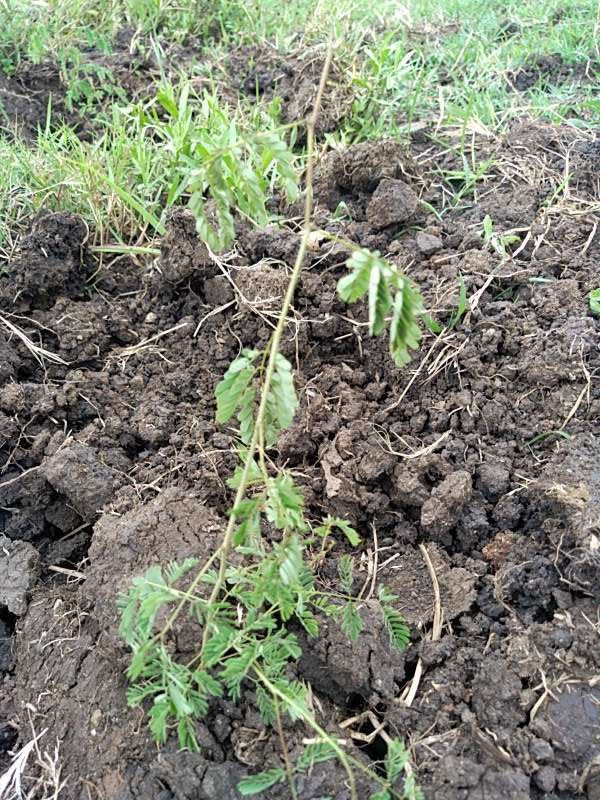ID: RR6-3EJN
ID: RR6-3EJN
White Thorn
Acacia polyacantha
Photo
Kenya
21:02 - 19°C
My connections
The project I am part of

Kenya
61,451
Involved farmers
1,282,626
Planted trees
Amid savannahs and highlands, Kenya is home to unique biodiversity. Here, Treedom works with smallholder farmers to plant trees that nourish, protect the soil, and offer new perspectives for local communities.
My ID card
Who am I?
Tree
White Thorn
Date of birth
07/02/2024
Name
White Thorn

/34.91154589,-0.15920083,0/500x333@2x?access_token=pk.eyJ1IjoidG9tbWFzb3NwZXJvbmkiLCJhIjoiY2tnOTE3eW12MDJqazMybXNzOWV1YjloOSJ9.wtGsuDU7XIKjcv2cq8CiXw&logo=false&attribution=false)
Where am I located?
Country
Kenya
Place of birth
Ombeyi ward
Coordinates
0° 9′ 33.12″ S | 34° 54′ 41.57″ E
My Timeline
The important moments in your tree's life.
Seed
It all starts with a tiny seed, nice and warm in the soil.
Nursery
Your seedling is big enough to be welcomed into one of our nurseries, along with many others.
Planted
We’re here! Your tree has reached its new home: it’s been planted by a smallholder, who’ll take care of it for years to come.
Photo
Strike a pose! Now that it’s big enough, here’s a photo of your tree!
My Gallery
Nursery

Planted
/34.91154589,-0.15920083,0/500x333@2x?access_token=pk.eyJ1IjoidG9tbWFzb3NwZXJvbmkiLCJhIjoiY2tnOTE3eW12MDJqazMybXNzOWV1YjloOSJ9.wtGsuDU7XIKjcv2cq8CiXw&logo=false&attribution=false)
34° 54′ 41.57″ E
Photo

Curiosity about me
The important moments in your tree's life.
Let's start with introductions
Also known as the African white thorn, this tree is one of the most beautiful in all of Africa. It can reach up to 25 meters in height and belongs to the Fabaceae family. Its white flowers are similar to the mimosa. The tree is used as an insect repellant, for medicinal purposes, and for its shade.
Meaning
Healing
Acacia polyacantha’s cortex is used in many different ways as a medicine. For example, an extract is made out of it that has a healing effect on snake bites and other wounds.

How much CO2 I’ll absorb
My estimated CO2 absorption capacity is based on the first 10 years of my life*
Current absorption
- 25 kg
2024
0 kg
2034
-250 kg
* The tree will continue to absorb CO2 even after the tenth year. Therefore this is a prudent estimate.
How I am useful to local communities

Livestock
Its leaves, either fresh or dried-out, are used as food for livestock.

Natural pesticide
Its leaves and/or its fruits contain useful substances that can be used against plant diseases or as natural pesticides.

Medicine
Its leaves, roots, bark and/or fruits are used in traditional medicine.

Soil
It improves the quality of the soil thanks to the nitrogen fixation process or it reduces soil erosion, thanks to its extended root system.
My benefits
20%
Food Security
The trees will bear fruits, some that will be edible immediately and others that can become edible through processing, ensuring food resources over time.
20%
Economic development
The trees' fruits and the products derived from their transformation can be traded in local networks, offering income opportunities.
40%
CO₂ Absorption
During its life cycle, each tree will absorb CO₂. The trees you plant can offset your emissions.
60%
Environmental protection
The trees are planted in agroforestry systems that favor the virtuous interaction between the different species and their positive impact on the environment and on the land.